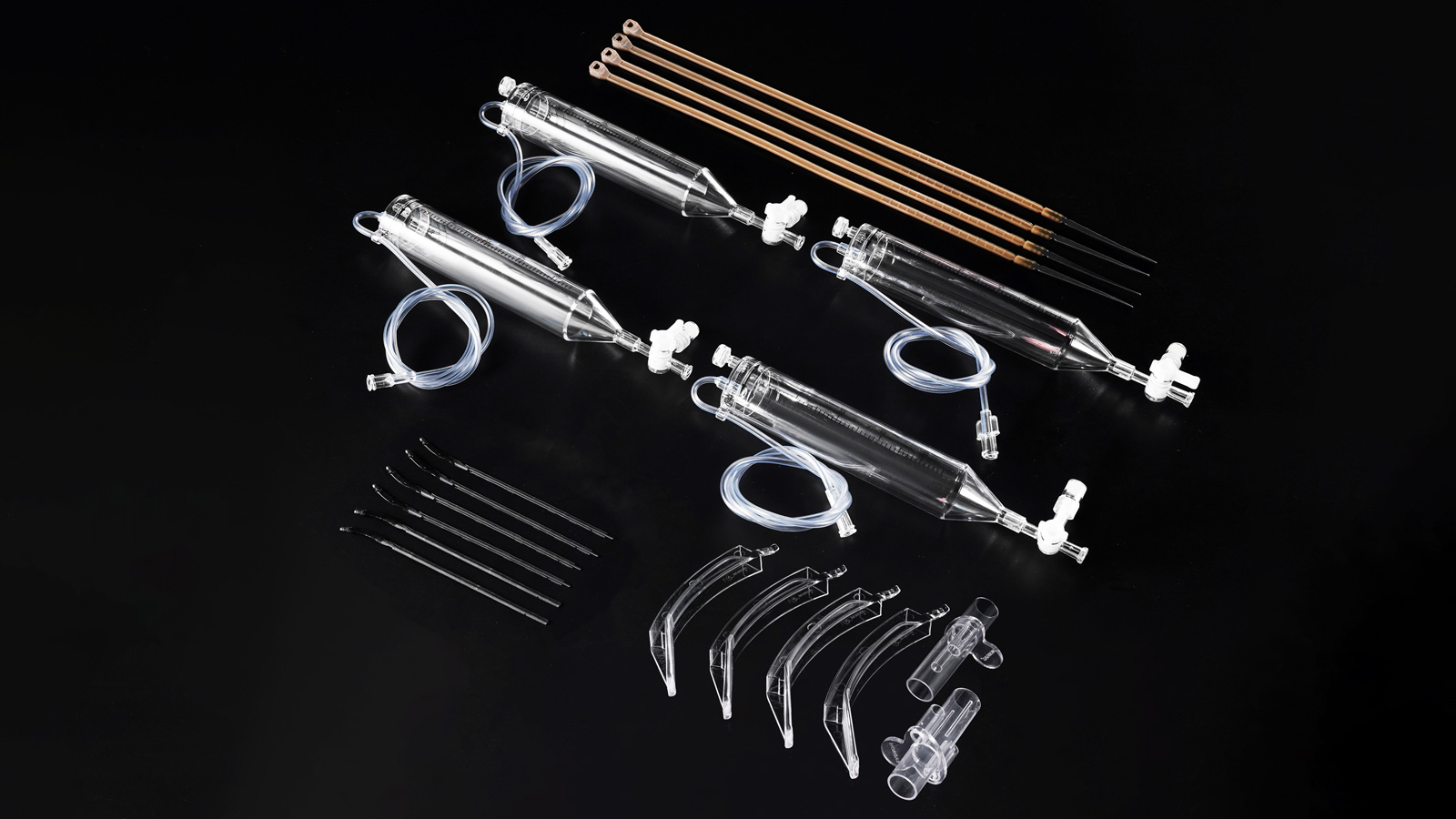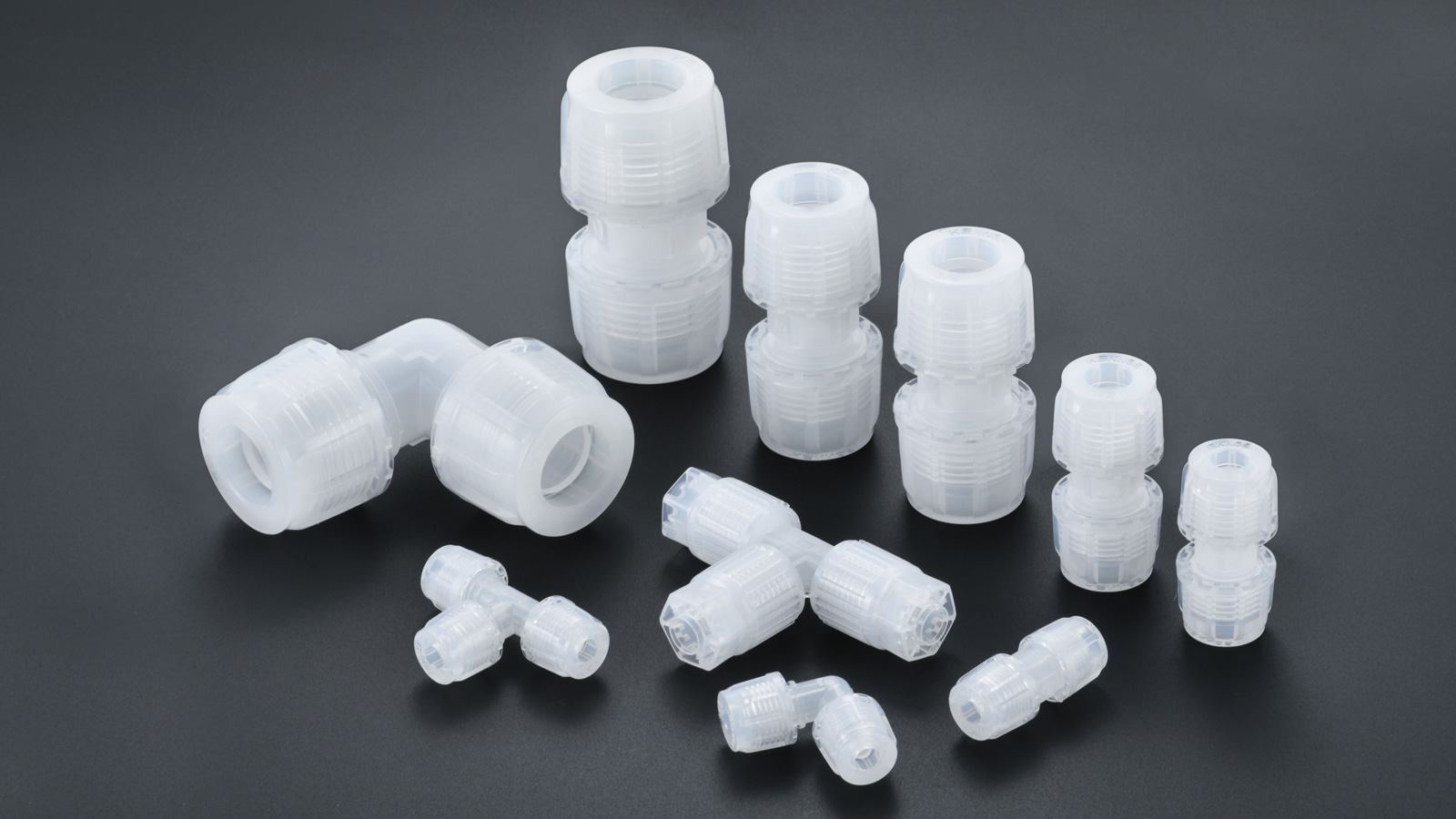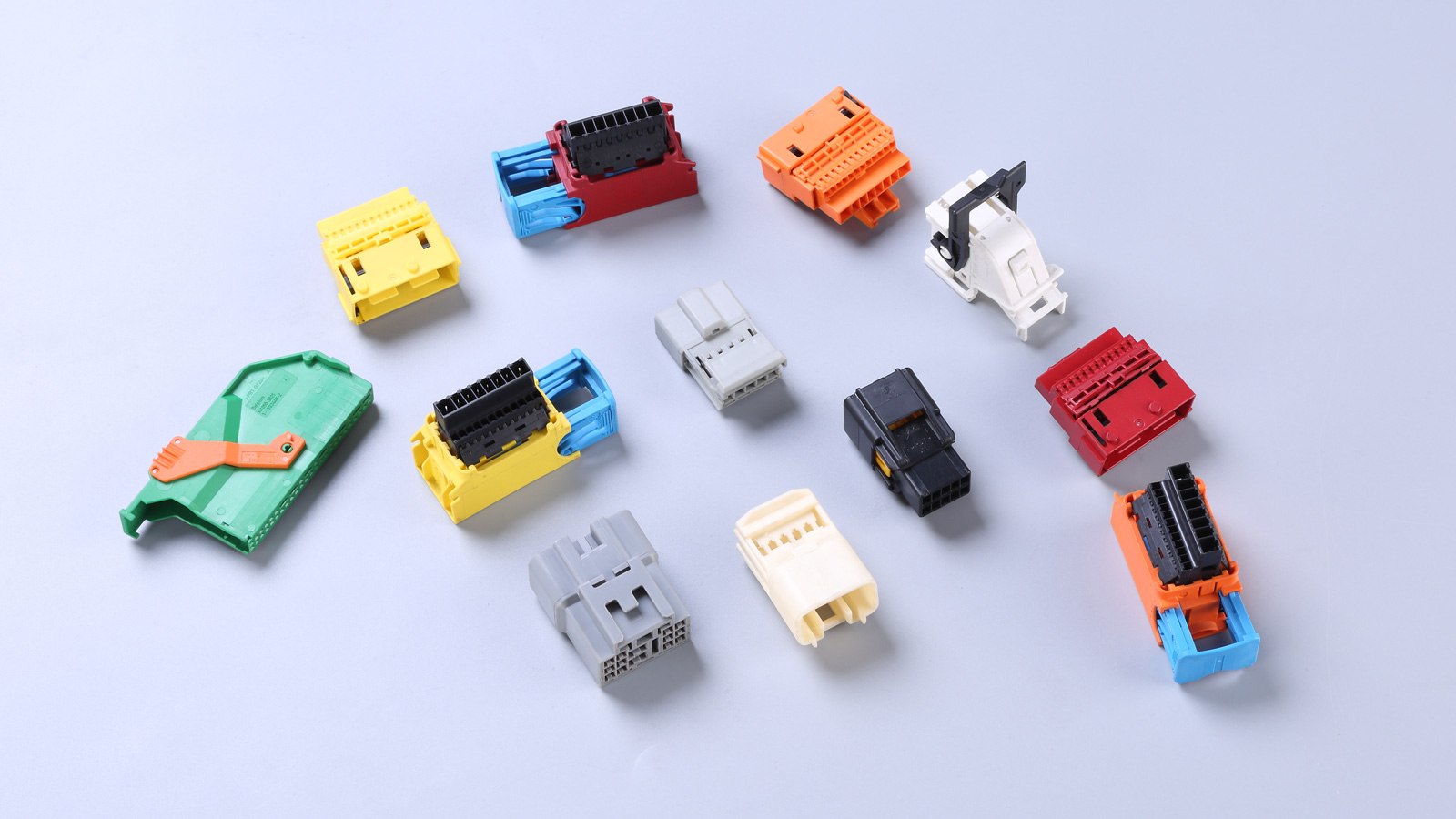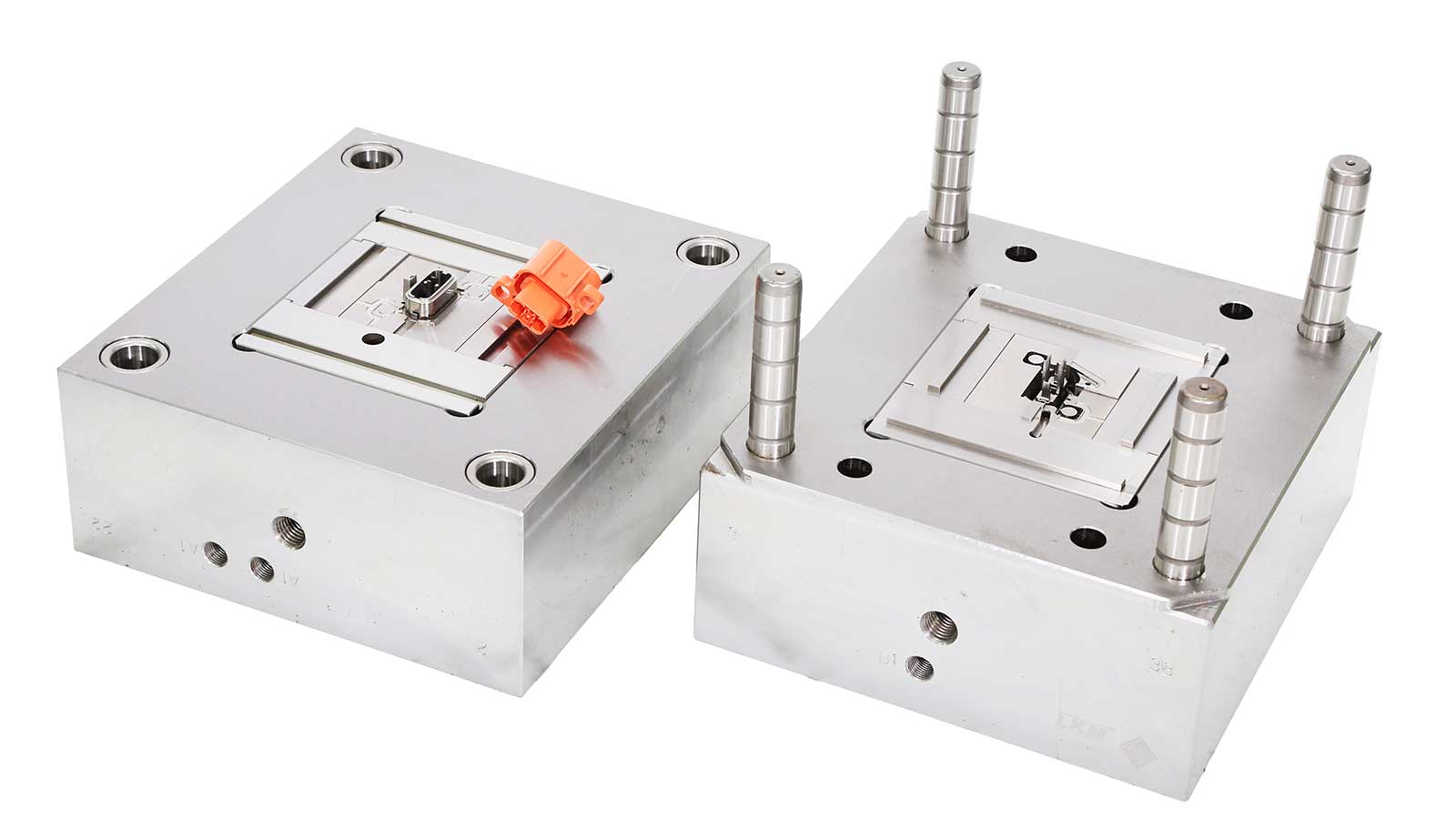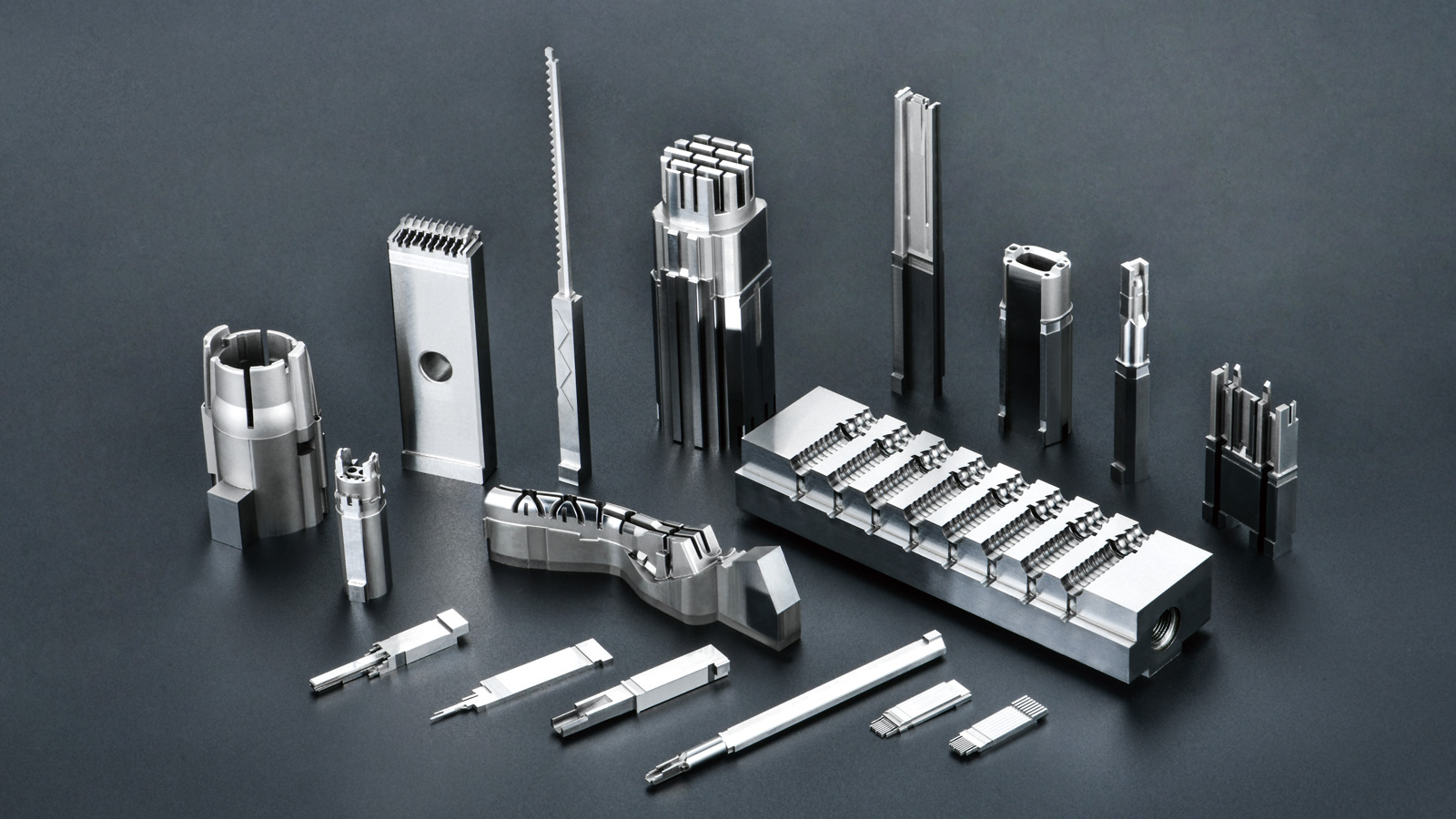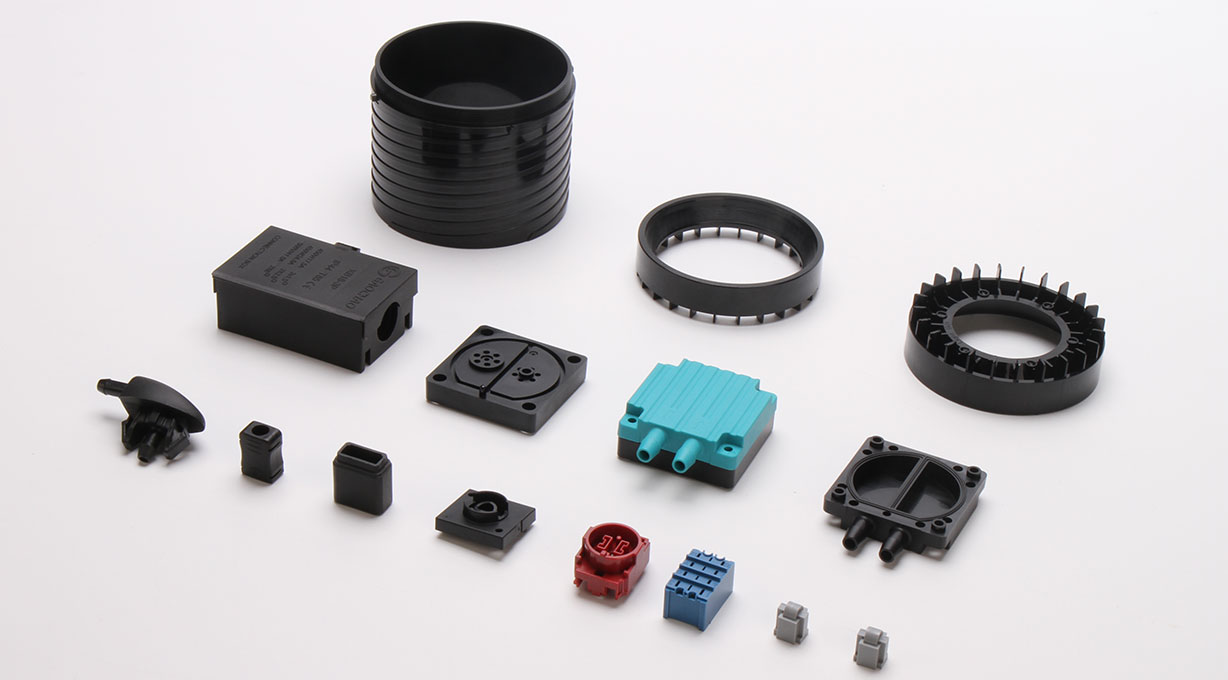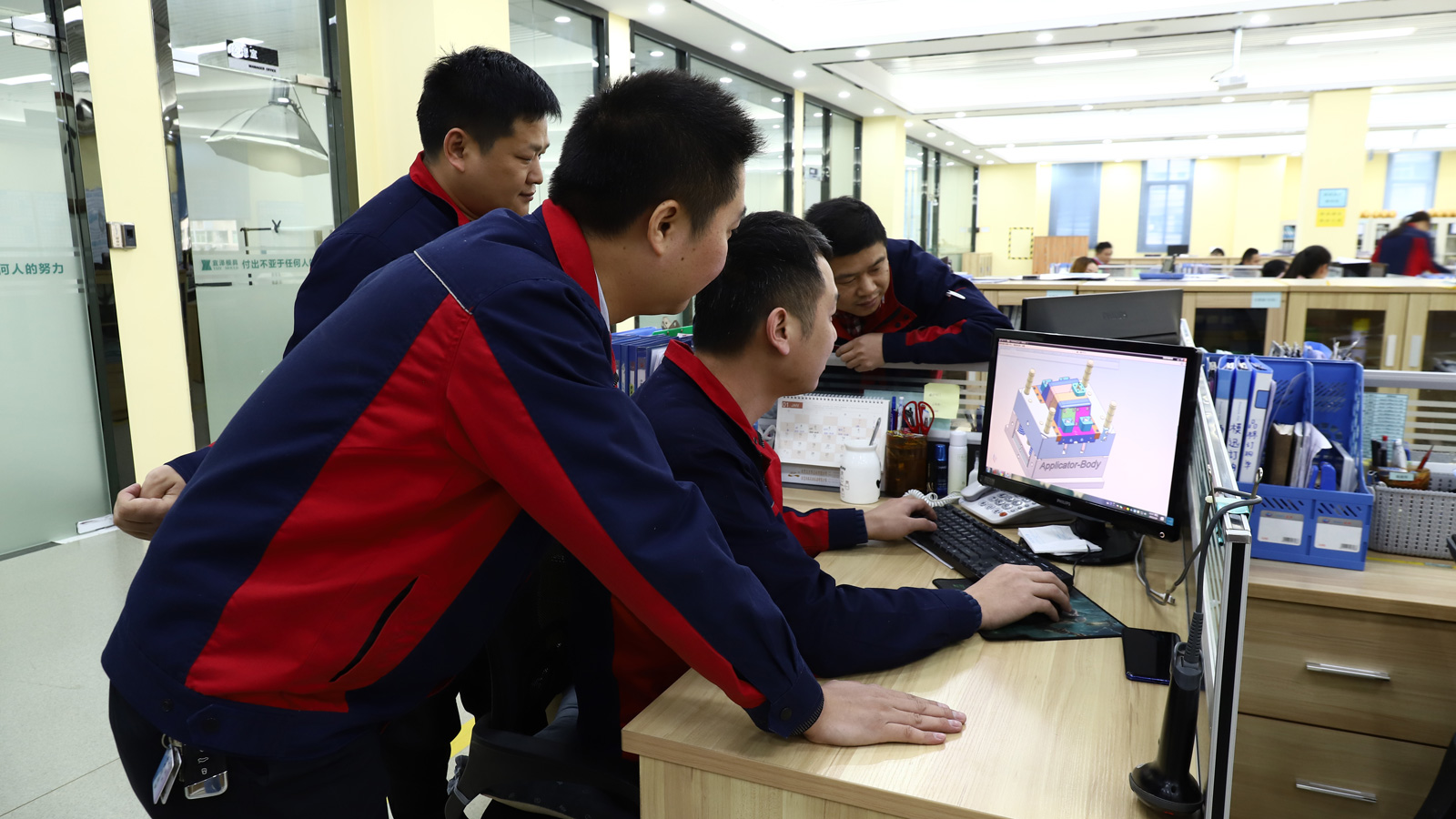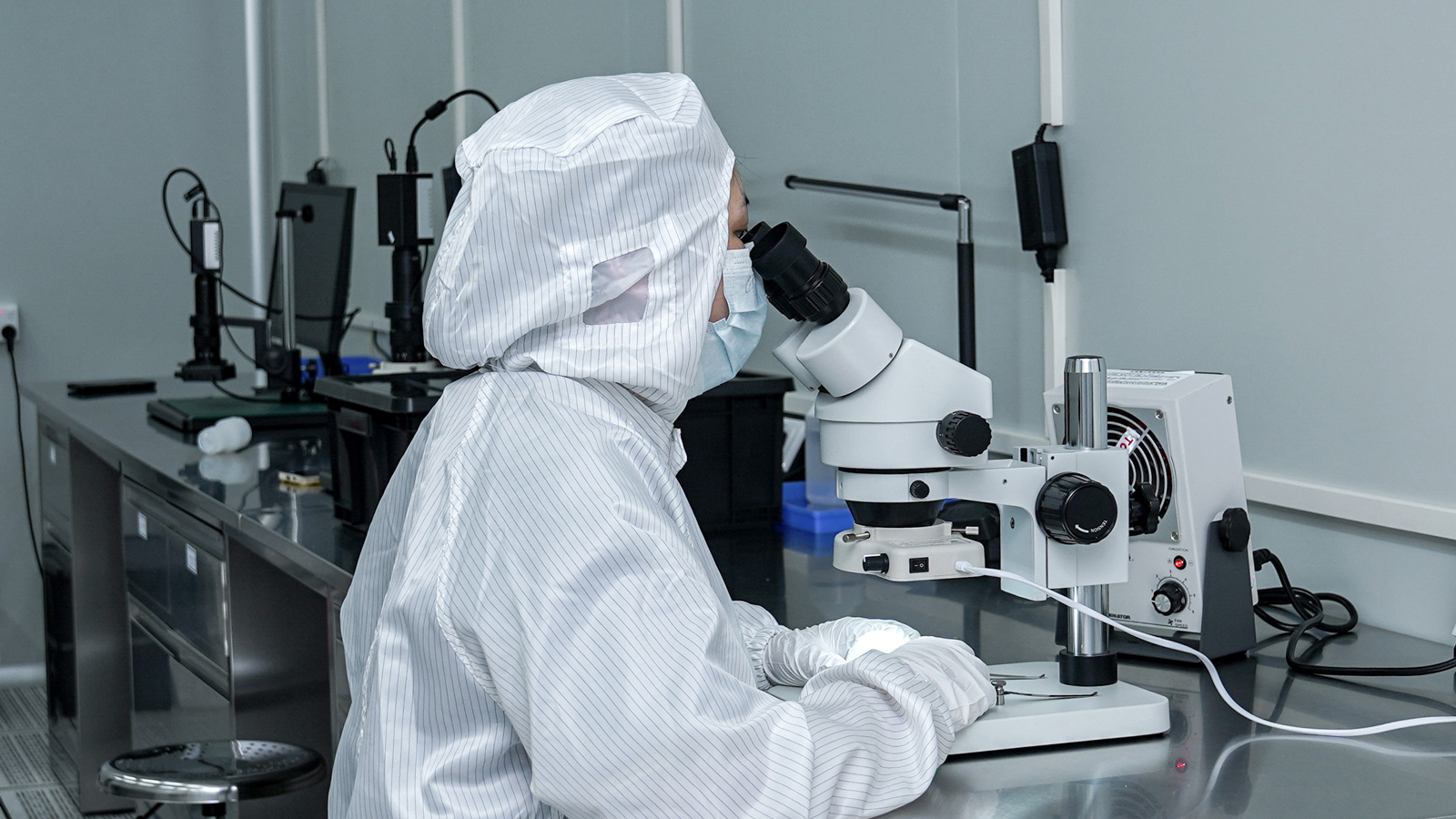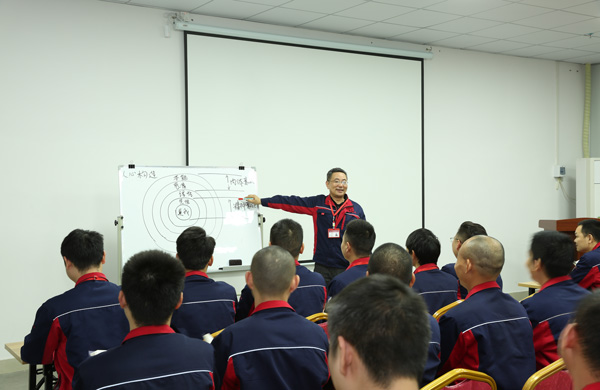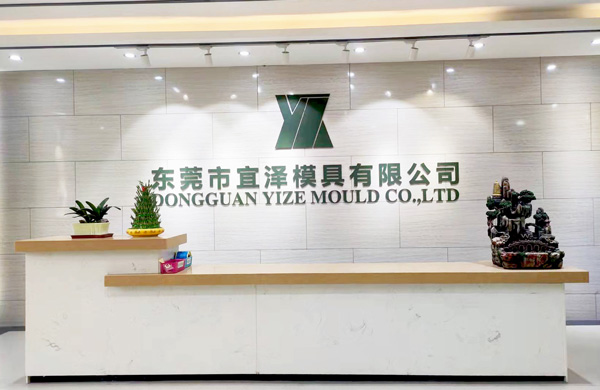In the design process of injection molds, the design of forming components is of utmost importance, and the planning of the number and layout of mold cavities is a key link. Unlike mechanical parts, the dimensional accuracy of plastic parts is not solely determined by dimensional tolerances. Instead, it is influenced by a combination of factors, including the structure of the plastic parts, the characteristics of the plastic materials, and the shrinkage rate of the plastic parts during production. Therefore, the layout of injection mold cavities must adhere to specific principles to meet the stringent requirements of mold manufacturing. Specifically, the layout of injection mold cavities should meet the following requirements:
Short Runners for Cost-Effectiveness
The runner design should be as concise as possible. Shorter runners can significantly reduce the amount of sprue in the gating system, preventing issues caused by excessive sprue that may affect the quality of plastic parts. Moreover, a streamlined runner design helps save on steel usage and lower mold manufacturing costs. Additionally, short runners minimize the flow time and pressure loss of the melt in the runners, enabling the melt to enter the cavities more smoothly and thereby improving the pass rate of injection-molded products, bringing higher economic benefits to enterprises.
Pressure Balance for Stable Quality
During the injection process, it is essential to ensure that the resultant force borne by the mold and the clamping force of the injection molding machine are aligned along the same straight line, achieving pressure balance. If the flow is unbalanced, it can lead to irregular molecular orientation, resulting in inconsistent shrinkage rates. This not only affects the dimensional accuracy of the plastic parts but may also cause defects such as warping and deformation, compromising the overall quality of the products. By reasonably designing the cavity layout, uniform melt flow in each cavity can be ensured, effectively preventing these issues and guaranteeing the stability of plastic part quality.
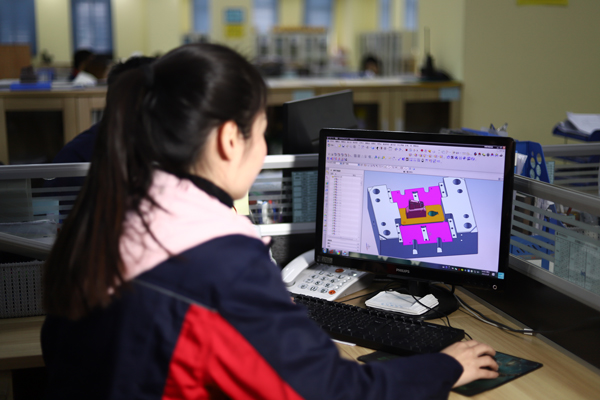
Temperature Equilibrium for Uniform Shrinkage
Temperature equilibrium is a crucial requirement for the layout of injection mold cavities. It is necessary to maintain roughly equal temperatures throughout the mold cavities to create favorable conditions for uniform shrinkage of the plastic parts. During the injection molding process, temperature variations can cause different shrinkage rates in various parts of the plastic parts, affecting their dimensional accuracy and appearance quality. By optimizing the cavity layout and cooling system design, uniform temperatures across all parts of the mold can be ensured, resulting in consistent shrinkage rates for plastic parts in each cavity and improving the pass rate and consistency of the products.
Balanced Feeding for Interchangeability
For multi-cavity molds, balanced feeding is of great importance. The same plastic part should enter from the same position to ensure good interchangeability of the plastic parts, facilitating subsequent assembly and use. At the same time, the size and length of the runners and gates should be appropriate for the size of the plastic parts to ensure that each cavity can be fed simultaneously and that all cavities are filled evenly. This can prevent problems such as insufficient filling or over-filling in some cavities due to unbalanced feeding, thereby improving the overall quality of the plastic parts.
Reasonably designing the forming components of injection molds and strictly adhering to the various requirements for cavity layout are fundamental principles for ensuring the molding quality of plastic parts and improving the production efficiency of injection molds. Only by following these principles can high-quality and efficient injection molds be designed to meet the diverse demands of the market for plastic products.
